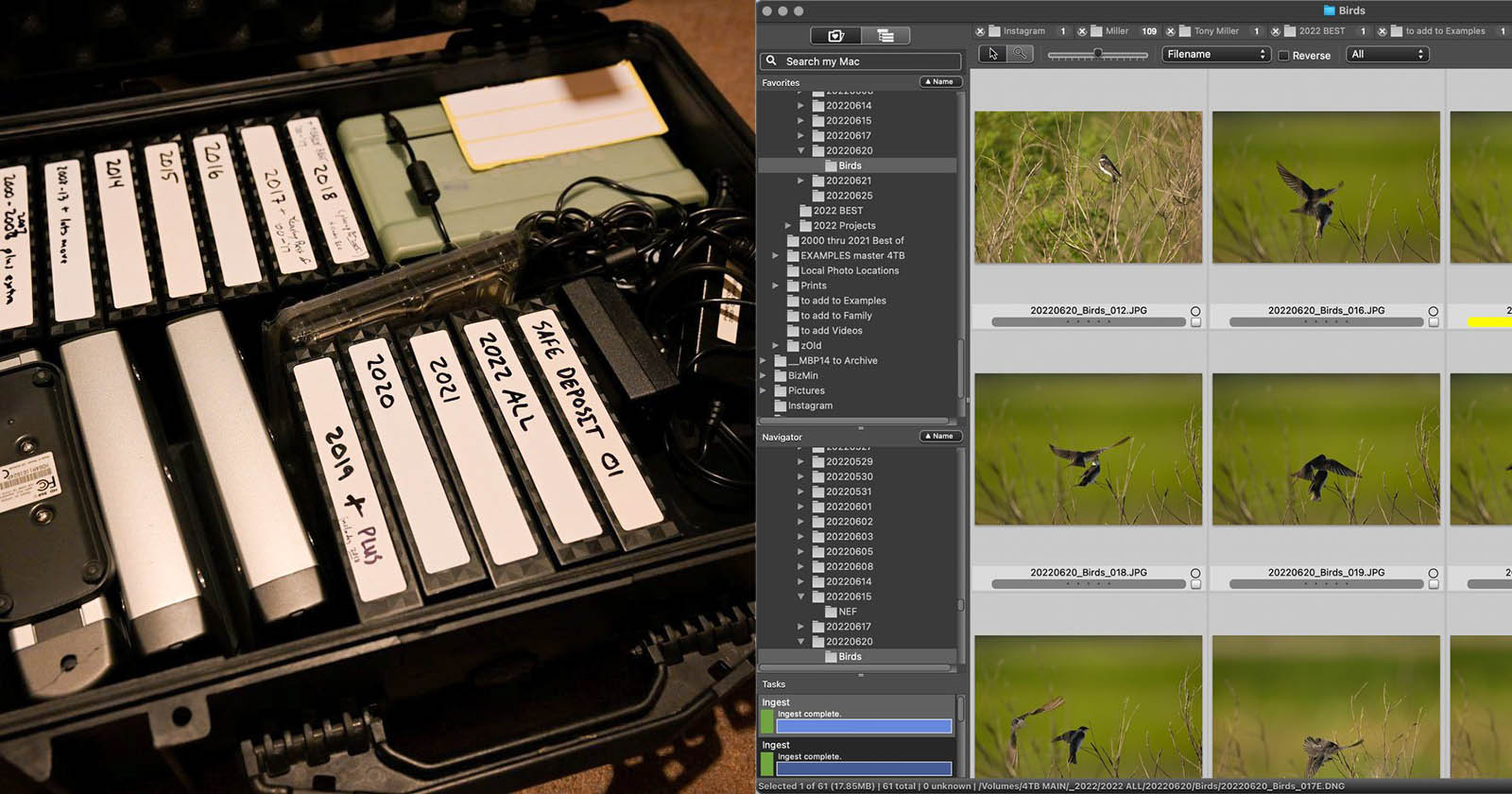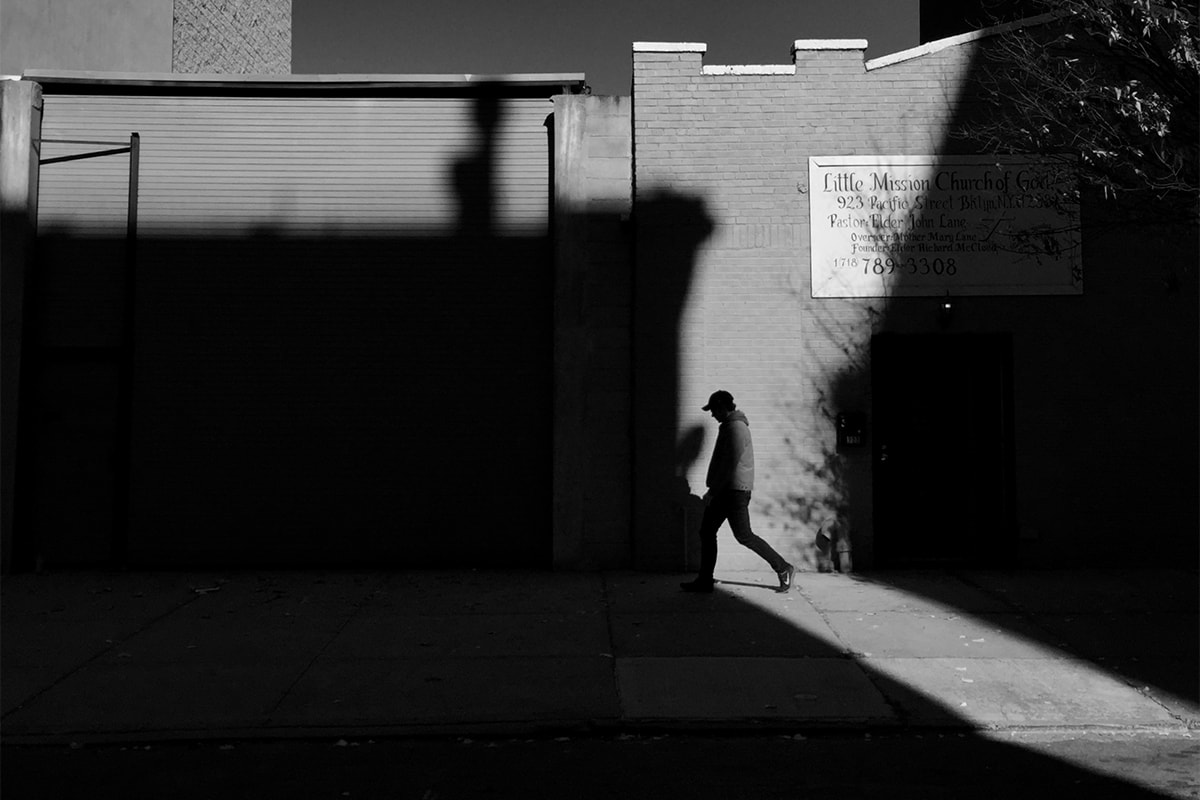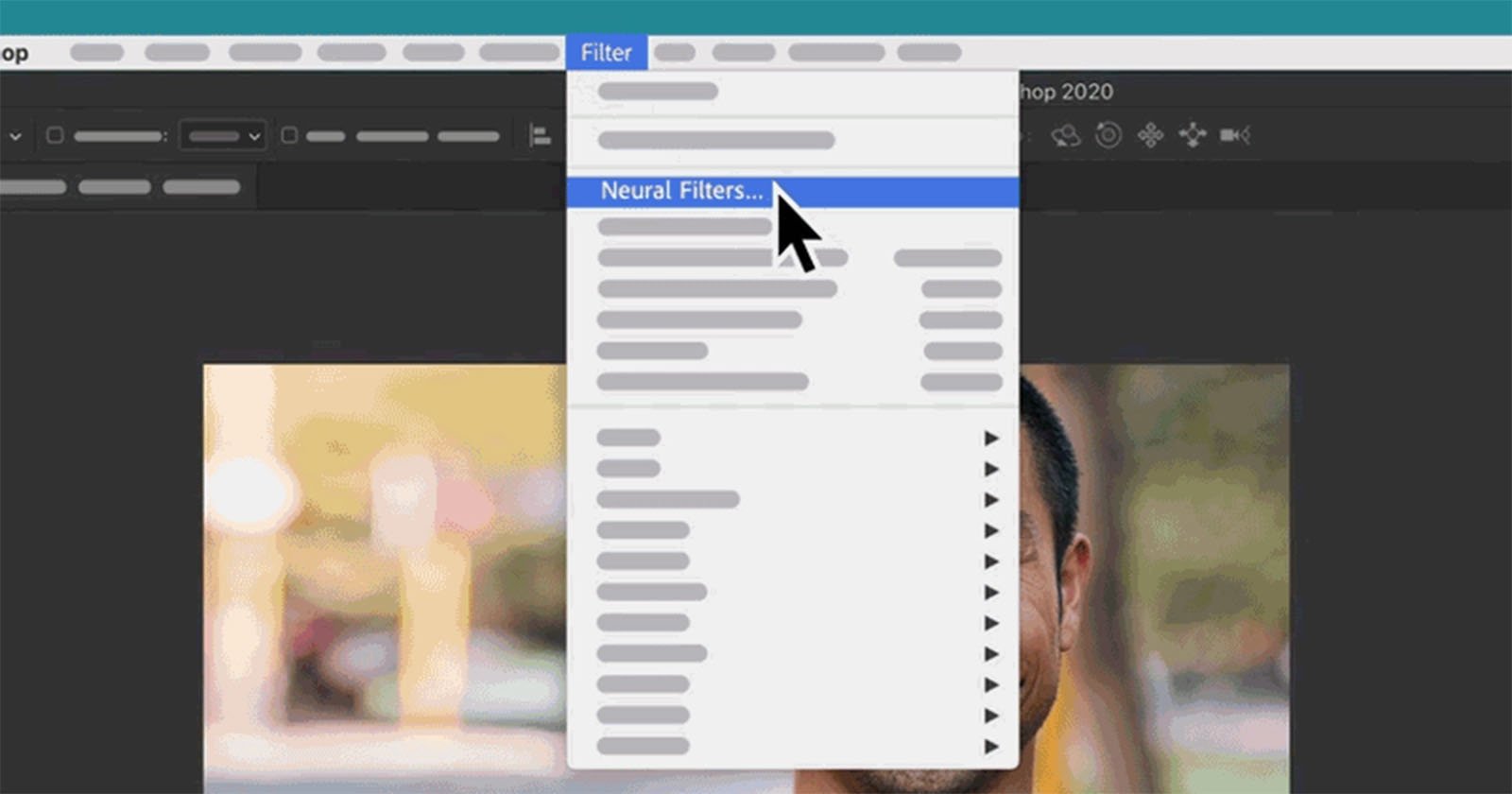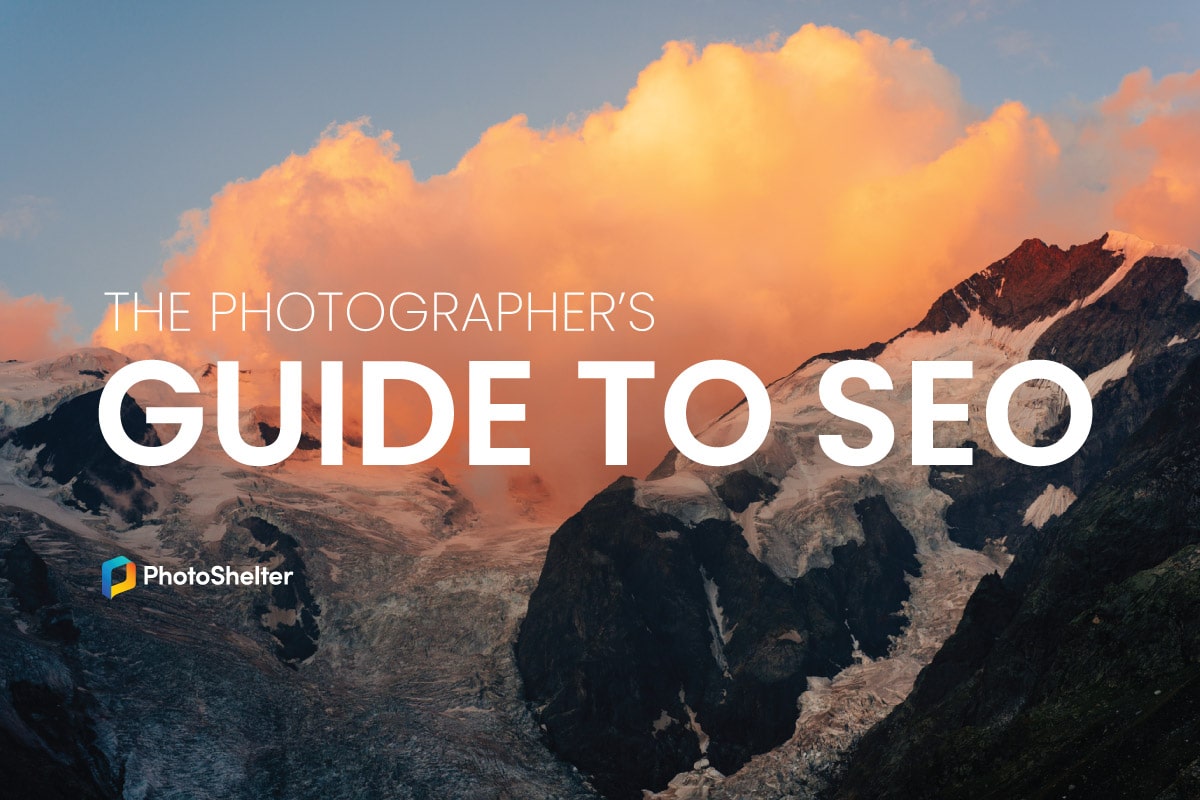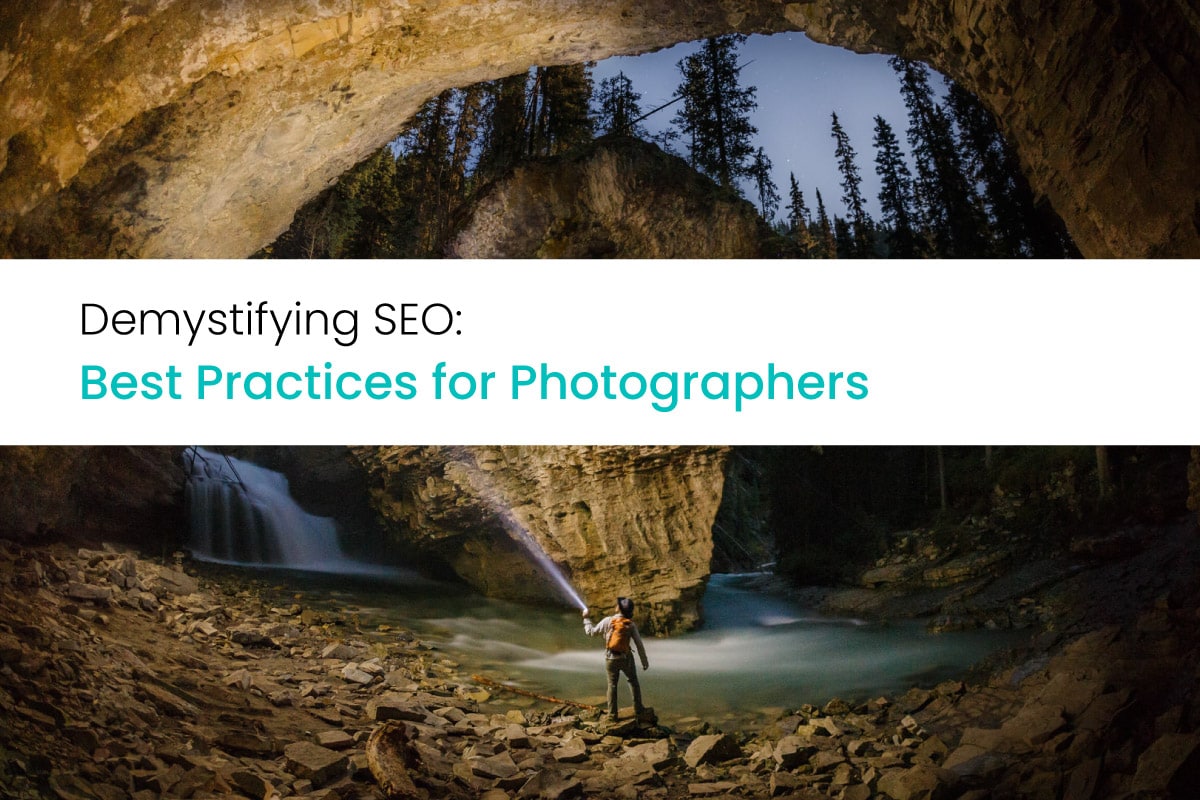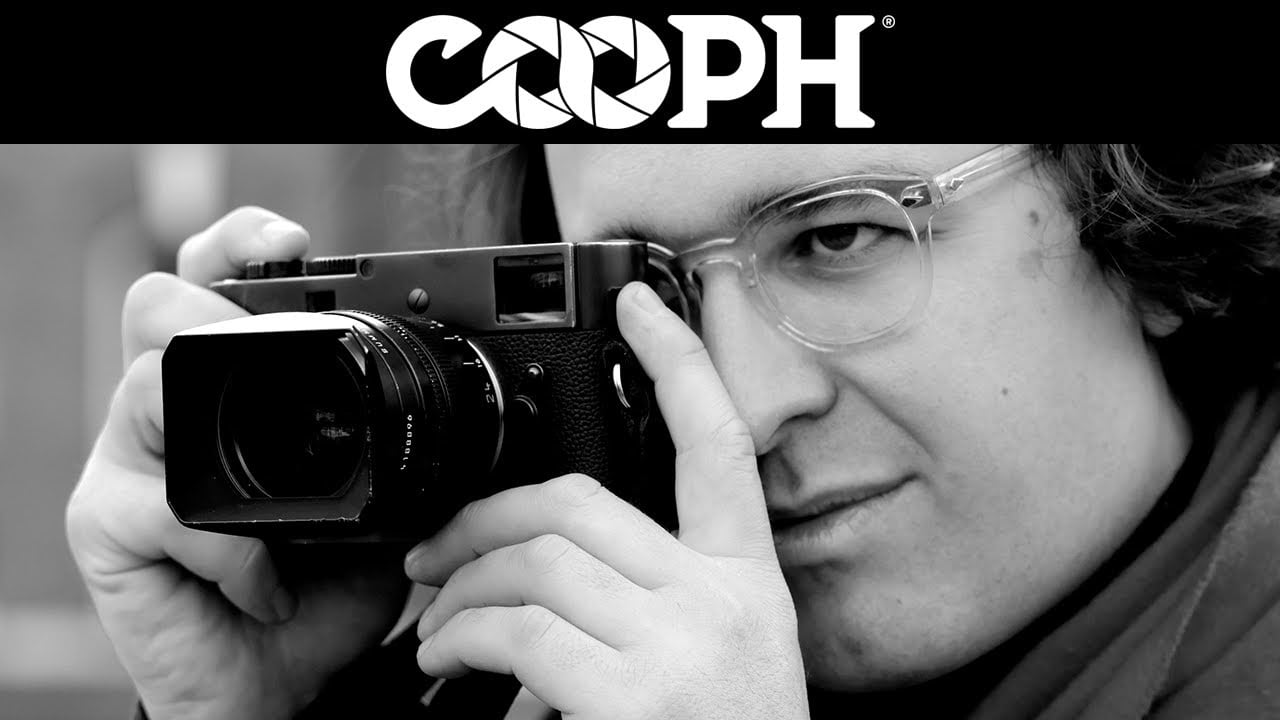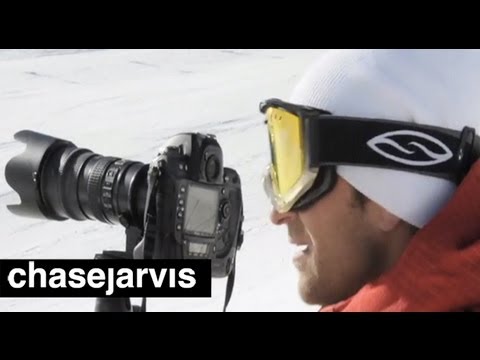https://petapixel.com/2024/08/02/how-advanced-camera-tech-helps-pros-take-amazing-olympics-photos/
Professional photographer Nick Didlick has been shooting for nearly 50 years, so he has experienced significant shifts in how photos are captured, shared, and consumed. He’s currently in Paris for the 2024 Summer Olympics and chatted with PetaPixel about how photography has changed, how better technology helps him capture better photos, and the challenge of capturing the perfect moment.

